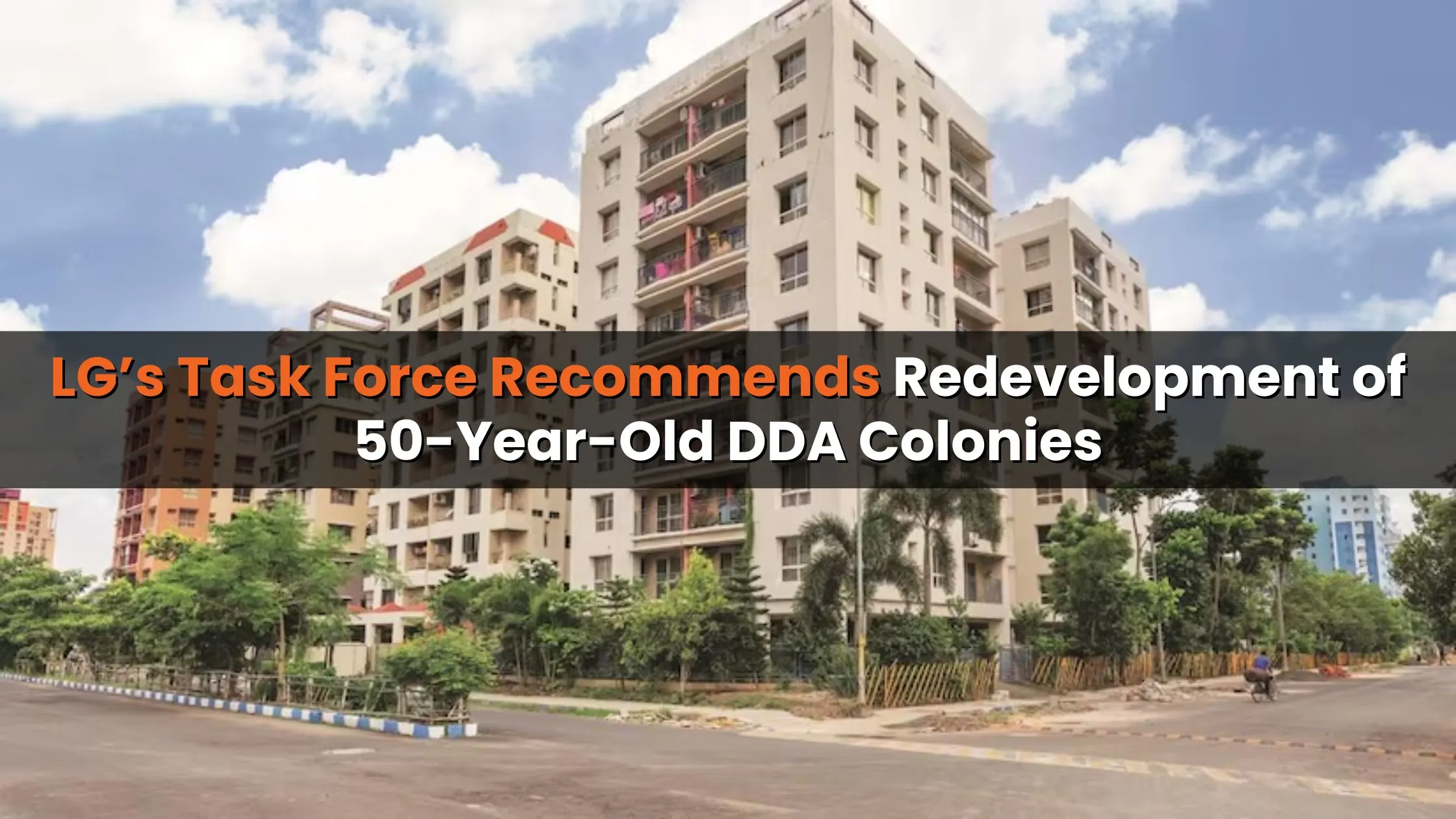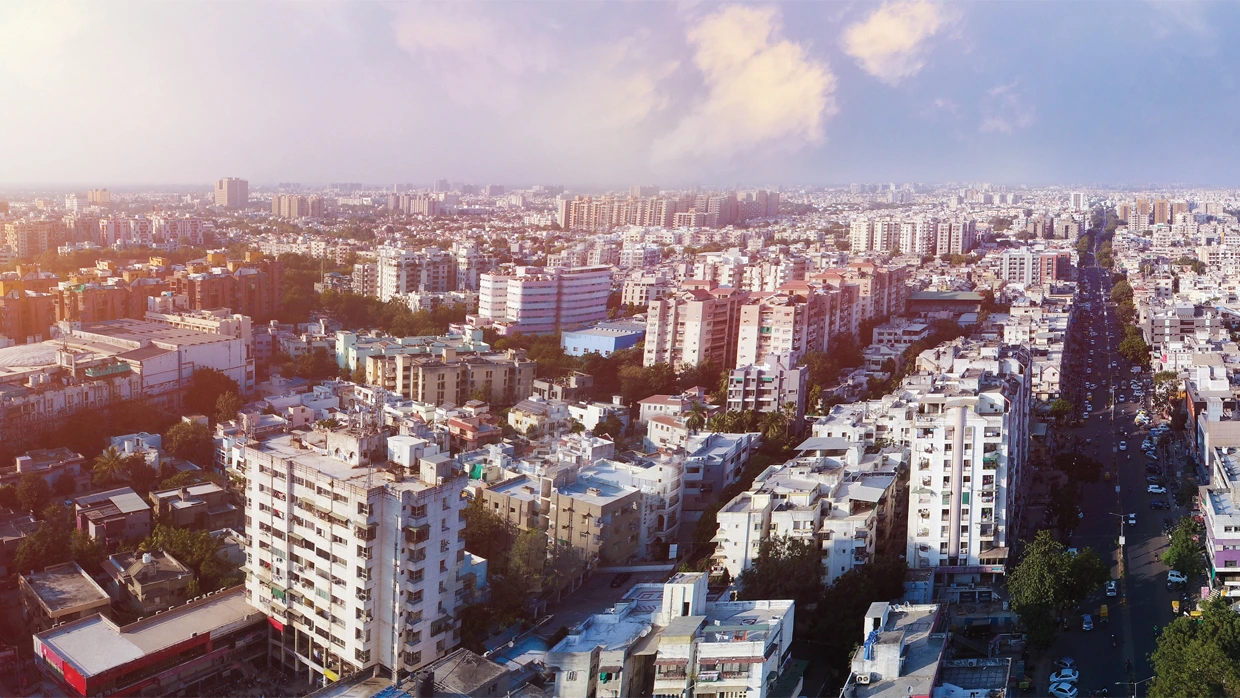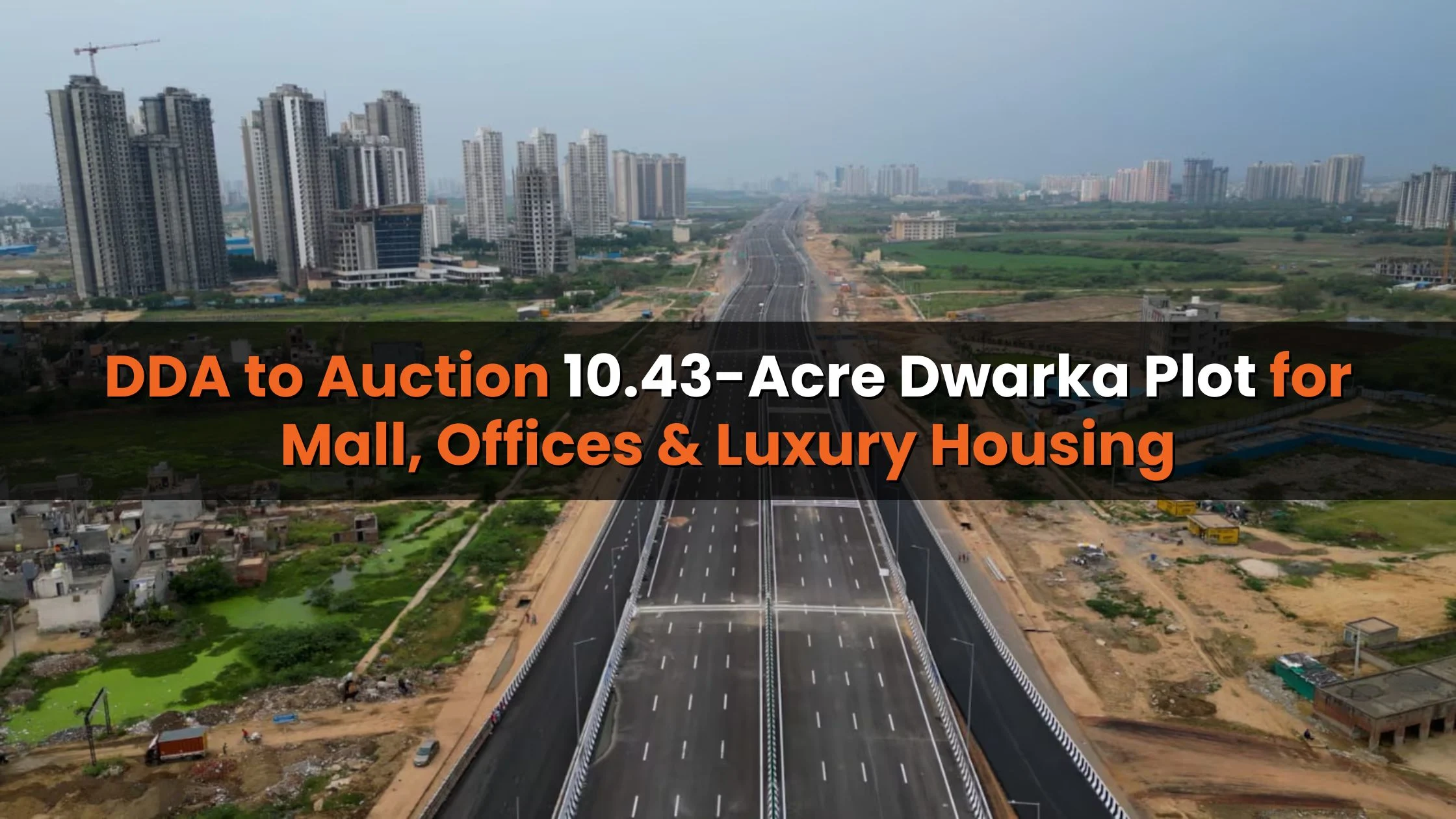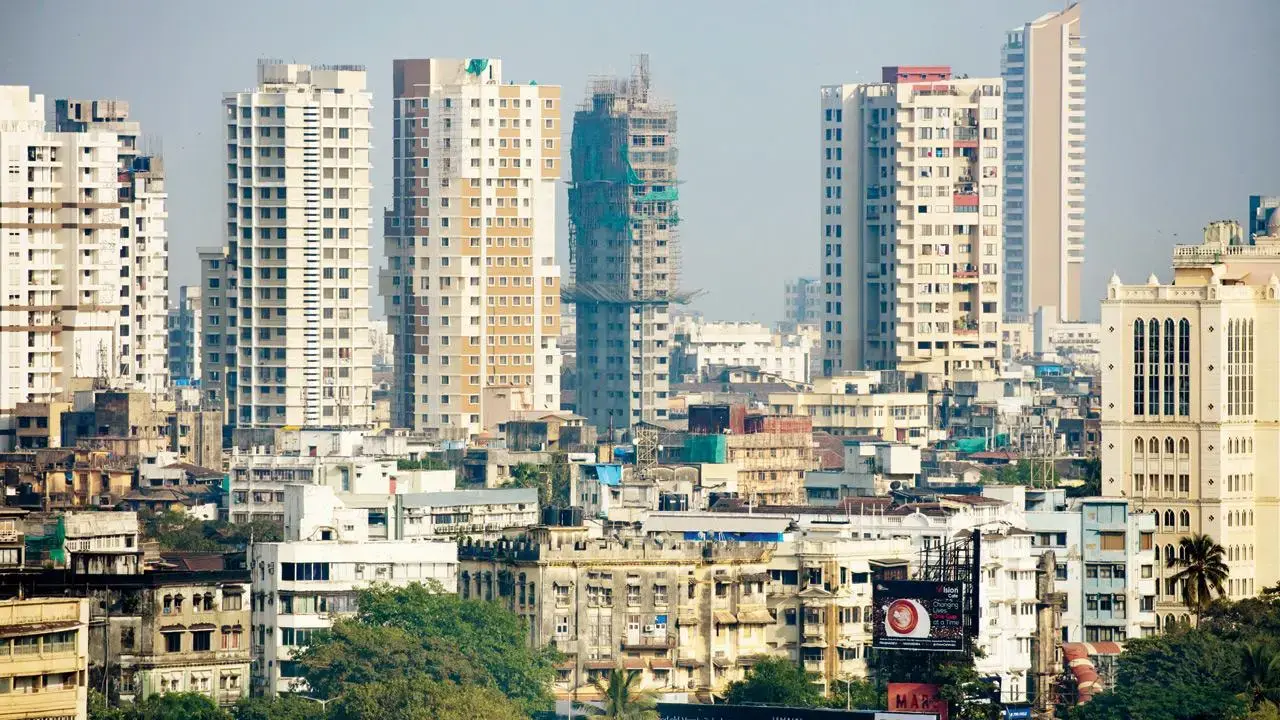Table of Content
Delhi’s landscape is defined by its historic charm and modern urban developments. However, as the city evolves, its aging residential colonies built by the Delhi Development Authority (DDA) face pressing challenges. A government-industry task force, spearheaded by Lieutenant Governor (LG) VK Saxena, has proposed rebuilding all DDA colonies over 50 years old to ensure structural safety and urban rejuvenation.
Aging DDA Colonies: A Need for Change
The DDA, established in 1957, has played a crucial role in addressing Delhi’s housing needs. Over the decades, it has developed numerous residential colonies across the city. Many of these colonies, built in the 1960s and 1970s, are now over 50 years old and grappling with issues like:
- Structural weaknesses.
- Insufficient parking spaces.
- Outdated infrastructure, including water and sewer systems.
Key areas identified for redevelopment include Safdarjung, Kalkaji, Janakpuri, Shalimar Bagh, and Saket, among others.
Recommendations of the Task Force
A multi-agency task force involving the DDA, Delhi State Industrial and Infrastructure Development Corporation, and the Municipal Corporation of Delhi has presented a detailed plan for redevelopment. Key recommendations include:
- Mandatory Reconstruction: Enforcing policies to rebuild colonies to address safety concerns and enhance living standards.
- Incentives for Developers: Offering higher Floor Area Ratio (FAR), faster clearances, and tax incentives to encourage participation in redevelopment projects.
- Public-Private Partnerships (PPP): Leveraging PPP models to integrate residential and commercial developments, particularly in slum redevelopment.
- Revised Circle Rates: Lowering property valuation benchmarks in Delhi to align with market realities in Gurugram and Noida.Delhi property valuation benchmarks to align with Gurugram and Noida's market realities
Challenges in Implementation
While the proposal holds immense potential, several hurdles need to be addressed:
- Resident Relocation: Temporary housing for existing residents is essential during the redevelopment phase.
- Civic Infrastructure: Enhancements in parking, water supply, drainage, and green spaces are necessary to support densification.
- Financial Viability: Developers require assurance of returns through additional flats or commercial spaces.
- Regulatory Updates: Amending the DDA Act and ensuring faster environmental clearances will streamline the process.
Potential Benefits of Rebuilding DDA Colonies
Redeveloping these aging colonies can transform Delhi’s urban landscape in several ways:
- Structural Safety: Modern construction techniques will ensure longevity and disaster resilience.
- Improved Amenities: Residents will enjoy better facilities, including elevators, parking, and green spaces.
- Optimized Land Use: Redevelopment will allow for higher-density housing and mixed-use developments.
- Urban Modernization: Revamped colonies will enhance the city’s aesthetics and functionality.
Revised Circle Rates: A Financial Imperative
Delhi’s current circle rates are significantly higher than those in neighboring cities, discouraging investments and distorting property transactions. For instance:
- Residential Rates: ₹7.74 lakh per square meter in Delhi, compared to ₹5.5 lakh/sqm in Gurugram and ₹1.19 lakh/sqm in Noida.
- Commercial Rates: ₹69,820 to ₹23.3 lakh/sqm in Delhi, far exceeding rates in Mumbai, Gurugram, and Noida.
Adjusting these rates will make redevelopment projects financially viable and attract investment.
Expert Insights
Urban planning experts support the initiative but emphasize the need for a comprehensive approach. Recommendations include:
- Transit-Oriented Development (TOD) near Metro corridors to reduce congestion.
- Incentives such as stamp duty exemptions and tax benefits to ease developer participation.
- Collaborative policymaking to balance resident needs and developer interests.
Conclusion
The proposal to rebuild DDA colonies over 50 years old is a vital step toward ensuring structural safety, urban modernization, and enhanced living standards in Delhi. While challenges exist, a well-structured and collaborative approach can transform these aging colonies into sustainable and vibrant communities.
With visionary leadership, cohesive policies, and active stakeholder involvement, Delhi can emerge as a model for urban redevelopment, setting benchmarks for other cities across India.
Follow AquireAcers Whatsapp Channel to Stay Updated With The Latest Real Estate News










Ans 1. Many DDA colonies built in the 1960s and 1970s are now facing structural weaknesses, outdated infrastructure, insufficient parking, and other urban challenges that affect residents' safety and living standards. Redevelopment aims to address these issues.
Ans 2. Key colonies identified include Safdarjung, Kalkaji, Janakpuri, Shalimar Bagh, and Saket, among others.
Ans 3. The redevelopment plan is being led by a government-industry task force under the Lieutenant Governor (LG) of Delhi, VK Saxena, involving agencies like the DDA, Delhi State Industrial and Infrastructure Development Corporation, and the Municipal Corporation of Delhi.
Ans 4. Recommendations include mandatory reconstruction of old colonies, incentives for developers like higher FAR and tax benefits, use of public-private partnerships, and revising circle rates to better align with market conditions.
Ans 5. Challenges include providing temporary housing for relocated residents, upgrading civic infrastructure, ensuring financial viability for developers, and updating regulations to speed up approvals.
Ans 6. Benefits include enhanced structural safety, improved amenities such as elevators and parking, optimized land use through higher-density and mixed-use development, and overall urban modernization.
Ans 7. Circle rates affect property valuations and tax calculations. Current rates in Delhi are much higher than neighboring cities, making redevelopment less attractive financially. Revising these rates downward is seen as crucial for making redevelopment financially viable.
Ans 8. Experts suggest transit-oriented development near Metro lines to reduce traffic, providing incentives like stamp duty exemptions, and fostering collaboration between residents, developers, and policymakers.
Ans 9. Temporary housing arrangements will need to be made to ensure residents have a place to stay during the redevelopment process.
Ans 10. The redevelopment aims to transform aging colonies into safer, more modern, and sustainable neighborhoods, improving the overall aesthetic and functionality of the city.